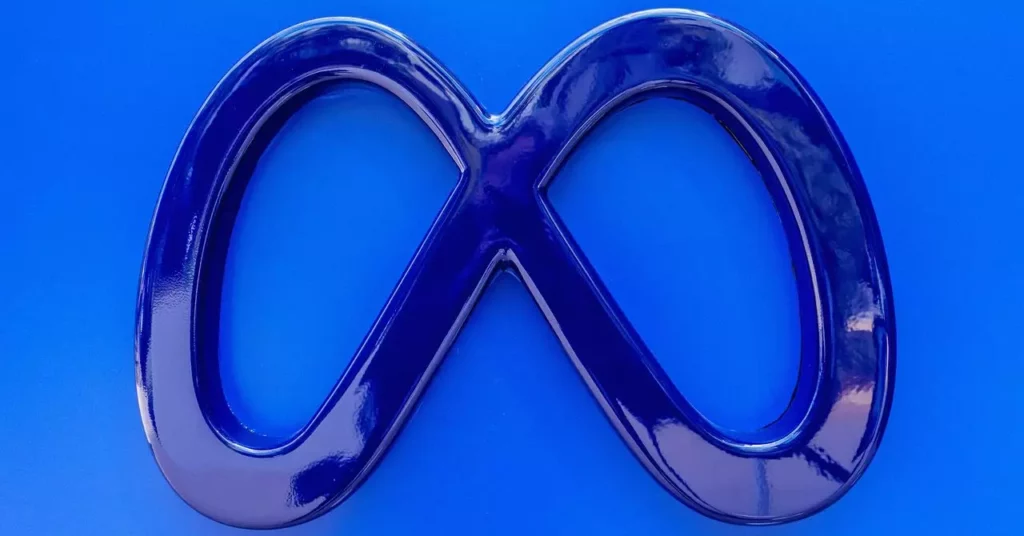The Ultrahuman Home is a fascinating piece of technology, priced at $549, that could potentially change how we interact with our living environments. In an era characterized by an ever-growing awareness of health and wellness, this compact device aims to empower users through comprehensive monitoring of air quality, light exposure, and numerous other environmental factors. However, one can’t help but wonder: does knowledge equate to power when it comes to improving our home environments? While the Ultrahuman Home offers crucial insights into potential threats to our well-being, it provides no concrete solutions to address these challenges, leaving us with data but devoid of action.
The Allure of Detailed Monitoring
The Ultrahuman Home boasts impressive tracking capabilities, such as measuring particulate matter, carbon dioxide levels, humidity, and various wavelengths of light. By uncovering pollutants potentially present in our homes—like formaldehyde from furniture—this device serves as an eye-opener, making us acutely aware of our environment’s implications for family health. It’s undeniably a step forward in self-awareness, but the question remains: isn’t it somewhat burdensome to possess such detailed knowledge without provisions for managing it? What good is it to know the toxins lurking in our air if there are no mechanisms for remediation?
The Shortcomings of a Knowledge-Only Approach
Imagine going through life equipped with a flashlight, guiding you to the dangers around you but offering no way to navigate safely past them. The Ultrahuman Home presents this reality. In a world increasingly reliant on automated solutions for everyday problems, the device stands as an outlier. While excellent at data collection, it lacks the foresight to act on its findings. The absence of features that could, for example, trigger air purifiers or adjust your environment dynamically, casts a shadow over its utility. Consumers today demand more than surveillance; they seek integration and proactive measures that can enhance their living conditions.
Illuminating Insights Without Action
One of the notable features of the Ultrahuman Home is its ability to gauge light exposure, measuring everything from UVA to infrared rays. In a time when we are beginning to understand the profound biological impacts of artificial lighting, such insights sound promising. Users can connect their physiological responses—like sleep quality and heart rates—to environmental conditions, thereby fostering awareness and potentially inspiring lifestyle changes. However, without automatic adjustments or real-time solutions integrated into the device, this remains an exercise in knowledge without application.
The Pitfall of Isolation in a Connected Era
In a world where integration is a hallmark of technological advancement, the Ultrahuman Home disappointingly lacks compatibility with existing smart home devices. It’s astounding that a product focused on creating healthier home environments fails to harness the power of automation and connectivity. Imagine syncing your air quality readings directly to an air purifier, enabling a responsive environment that evolves with your needs. The singular absence of such features not only hampers the device’s effectiveness but distances it from the modern consumer’s aspirations for cohesive living solutions.
A Need for Empowerment Through Action
The Ultrahuman Home unquestionably holds valuable potential, echoing the needs of contemporary consumers seeking to improve their health. Yet, the visionary step forward simply falls short of fulfilling its promise. Instead of being left with merely insights, consumers crave tools that act based on this data. They want to be empowered not only with knowledge but with actionable recommendations or automated adjustments that enhance their quality of life.
While the Ultrahuman Home offers a tantalizing glimpse into a future where we can closely monitor our environments for better health outcomes, it ultimately demands that we as consumers confront the echoing silence of inaction it enforces. Until technology evolves to fuse insightful observation with the power to effect change, we remain adrift in a sea of data, yearning for a lifeboat that pulls us out of the depths of inaction. As liberal-minded citizens, it is critical to hold innovation accountable; we deserve tools that offer not just awareness but proactive means to safeguard our well-being.









Leave a Reply